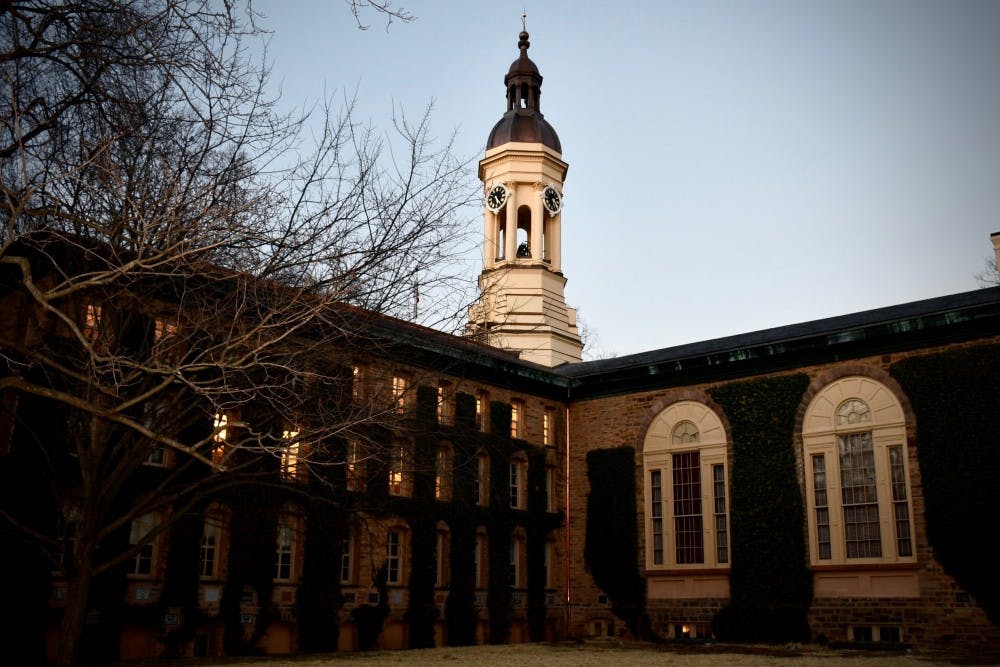In the United States, only 36 percent of licensed architects, 13 percent of engineers, 27 percent of tenured professors, and 37 percent of lawyers are female. Women are outnumbered by their male counterparts in all four of these professions, putting us in a minority — as is the case with many other professions.
Not only do women face an outnumbering of their faces and voices, they are also patronized by blasphemous stereotypes, social norms, and administrative systems designed to limit and discourage them. Most of these disempowering assumptions and establishments were constructed long before we were born. They unfortunately persist today due to adherence to the familiar and the traditional — and the indifference of those who could be agents of change.
The University has been so active in the promotion of women: providing talks, conferences, and employment in order to progress and celebrate female participation and action in academic, ethical, and moral thought. It is a university that has women leading — and progressing in — some of its most valued departments, and it has coalitions of students and staff to fight for female equity and rights across the United States and the world. It is an institution of academic research that has even gone so far to provide free menstrual products in some of its public washrooms.
These seemingly outstanding actions would have made it safe just a month ago for any reasonable person to assume that the University did not unjustly treat professional women.
But as reported on Oct.14, any one of us who concluded that was proven all wrong: In a report by the U.S. Department of Labor (DOL) that spanned two years, the University was shown to have violated the law — federal and moral — by compensating female full professors less than their male professors. It wasn’t just a few women who faced this injustice; Princeton shorted 106 women.
The University denied all wrongdoing, claiming the DOL used a flawed statistical model. Nassau Hall, then, only chose to cooperate and settle in order to avoid litigation — not to do what was right and to repair its exploitation against its female employees and admit its wrongdoing by letting the law and courts decide.
In the face of this unsettling revelation, the more bothersome thing is the unknown: On how many occasions before did the University underpay female professors and not get caught? What about all the time before the two years this report spanned? More importantly, has this inappropriate wage gap reached farther than the professional faculty of tenured professors? When and how can we find out?
The University employs hundreds of women in other sectors, from healthcare to food services to facilities. Many women in these positions — like some of the women in professor and higher administrative roles — are from working-class backgrounds and especially vulnerable to economic oppression. Did the University further victimize those who were not as powerful as full professors, those staffers who could not have the equivalent voice due to their status as workers and not professors?

This finding by the U.S. Department of Labor is sobering. It is cause for reasonable doubt in every person’s mind: why promote women at Princeton when the establishment can’t be bothered to uplift them by providing basic constitutional rights? The University’s act is hypocrisy, pure and simple. Its actions effectively eroded the facade of equity behind which they hid.
It is with regret and rage that one observes this hypocrisy as a recurring theme in many Ivy League institutions of higher education. Many universities take generous actions for minorities including promoting voting, activism, movements, dissent, and dialogue about oppression and empowerment.
What, however, are their institutional agendas? Clearly, for Columbia University, which gentrified a section of Harlem and is displacing thousands out of affordable housing, it wasn’t about the Latinx community upon whom they are encroaching. For Princeton, which paid its women differently, it was never about advocating for women. It was about a brand, an outward false image of public purity and good intention. It was about doing what was popular, but obviously not what was just.
We are all responsible for the advancement of all women, all genders, all races, all creeds, all identities, and all origins. Under no circumstance should we allow anyone to carry on with their hypocrisy — billion-dollar Ivy League institutions included.

Sally Jane Ruybàlid is a member of the Class of 2022 in the School of Architecture from Trinidad, Colo. She can be reached at sjr4@princeton.edu.








